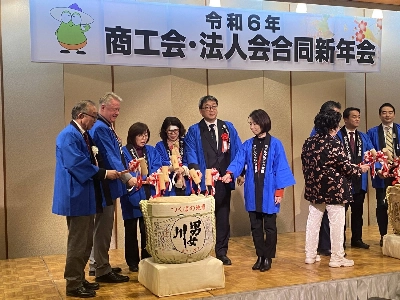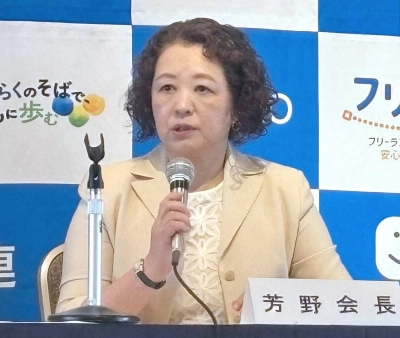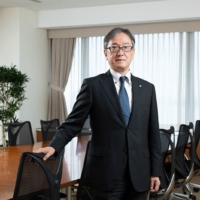In the three and a half decades since their introduction to Japan in 1974, convenience stores have become such a fixture that it is hard to imagine life without them. Passing department stores in sales by 2008, outlets now number more than 40,000 throughout Japan. In July their customer count rose by 2.3 percent from a year before to 1.2 billion, as people dropped in to escape the heat and buy cold drinks and ice cream. However, this was the first rise in sales in 14 months and the average amount spent has fallen for 20 months in a row year on year.
As the domestic market nears saturation, major chains are trying to widen their customer base, in particular eyeing the elderly and moving into the pharmaceutical market. With revisions to the Pharmaceutical Affairs Law taking effect in June last year, convenience stores and supermarkets may now sell certain categories of nonprescription drugs such as cold medicines or stomach and headache remedies, but only in the presence of a pharmacist or specially trained and licensed salesclerks.
Because of the difficulty in recruiting the necessary licensed clerks, convenience store chains are turning to partnerships with drugstore chains. One example is the combination convenience store/drugstore that Lawson and Qol opened in Tokyo's Minato Ward on Aug. 2.


















With your current subscription plan you can comment on stories. However, before writing your first comment, please create a display name in the Profile section of your subscriber account page.